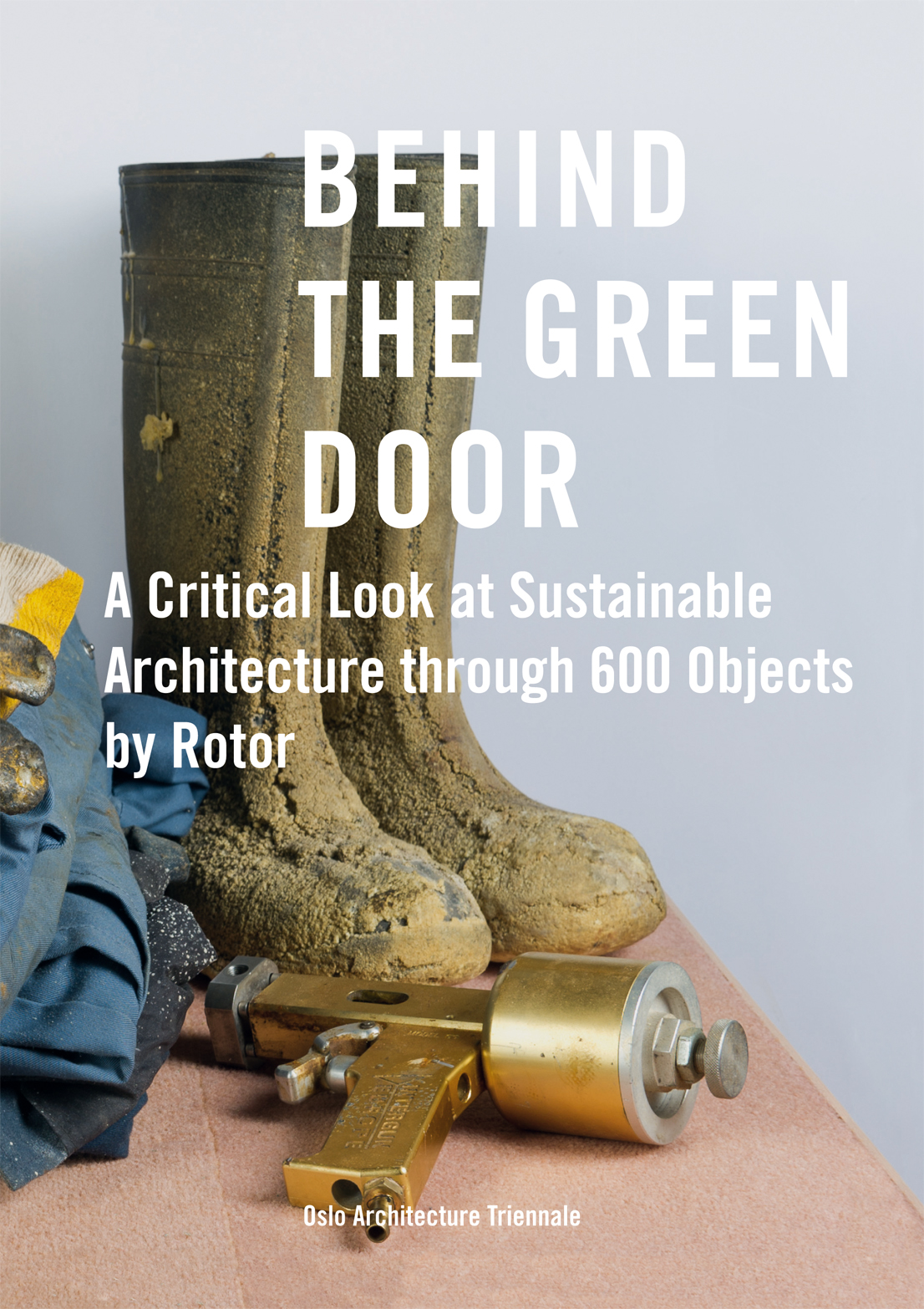25 July 2014
Curated by the Rotor collective, the exhibition at the center of the most recent Oslo Architecture Triennale seemed made for the medium of print. The layout of Behind the Green Door, a title that referred with subtle irony to the theme of sustainability, invited visitors to follow customized narrative routes that today, browsing through the book of the same name, can be explored even more easily. Masters of the art of recording what is not usually recorded, Rotor had set out a complex paradigm in the exhibition that aimed to illustrate the world of the “sustainable” from its beginnings to the present day. This was then presented in a series of display panels, each of which was used to construct a particular syntagma (one of the many possible). Now, the collection of 600 objects is placed at the back of the volume and combines, in a cultured and unsettling fashion, early editions of the Whole Earth Catalog and such things as a doll’s house equipped with solar panels or a version of the game of Monopoly in which players buy and sell wind turbines instead of hotels. At the beginning, instead, 16 short chapters replicate exactly the themes tackled in the display panels. Readers quickly realize they are holding a precious and unusual atlas of possibilities. It will be up to them, equipped with unexpected tools and objects, to work out what it means to be sustainable today. Rotor takes a deliberately open position: it’s a good thing to aim at sustainability, it’s utopian to believe that it can be achieved in full—and perhaps worth challenging those who claim to have succeeded. There are a lot of blank spaces in the catalogue, and around a hundred experts have begun to fill them with their comments at Rotor’s request.
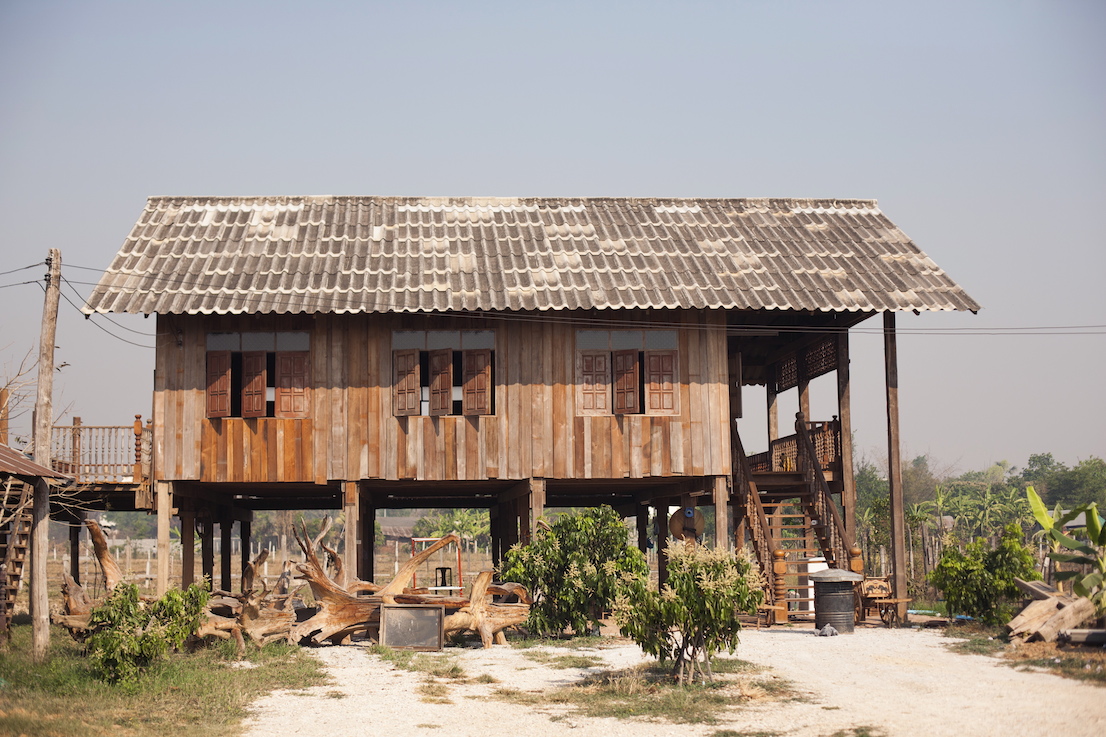
Founded in 1991, TerraMai conducts large-scale operations in the repurposing of wood reclaimed in Asia and sold in the US, “to help offset the demand for new lumber”. Controversy followed an article in the New York Times that suggested the American demand for such reclaimed wood was becoming a market force that encouraged the dismantling of existing Asian houses. Project: Reclaimed Teak, by TerraMai; Oregon, USA, 2007. Photos: Richard Humphries.
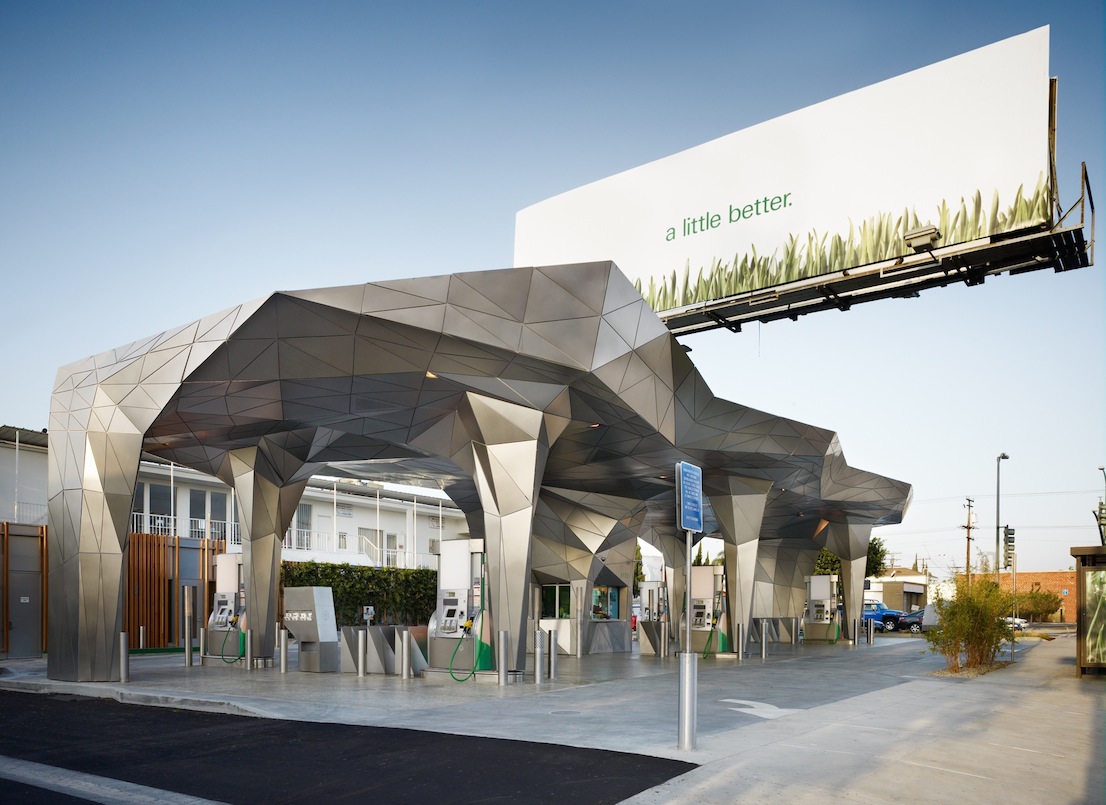
Photo of a LEED-certified BP petrol station. Its sustainability features include green roofs, solar panels, energy-efficient lighting, and the reuse of the kiosk from the previous petrol station.The newly-built canopy consists of 1,653 stainless steel panels. Project: Helios House Petrol Station, by Office dA and Johnston Marklee; Los Angeles, CA, USA, 2007. Photo: Eric Staudenmaier.
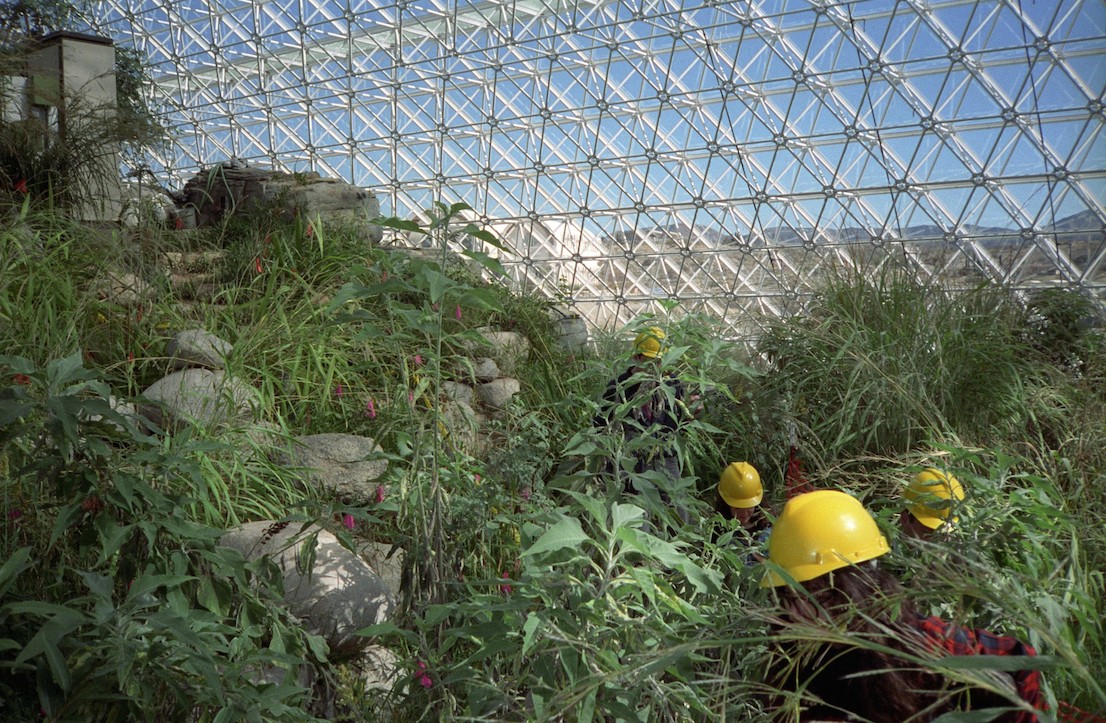
Pictures of the construction and setup of Biosphere 2, a compound intended to function as a self-sustaining ark for human life. This privately funded scale model of planet earth (Biosphere 1) was an ecological experiment, but it also explored the possibility of human colonies in outer space. The pictures were taken before the first closed mission began in 1991, when 4 women and 4 men walked through the airlocks and sealed themselves off for two years. The inhabitants were soon plagued by food shortages and dangerously low oxygen levels. Project supervisors resorted to pumping supplementary oxygen into the sealed space. If anything, the experiment has shown the difficulty of creating a self-sustaining environment. Project: Biosphere 2, by Space BiosphereVentures; Oracle, AZ, USA, 1991. Photos: Kevin Kelly.
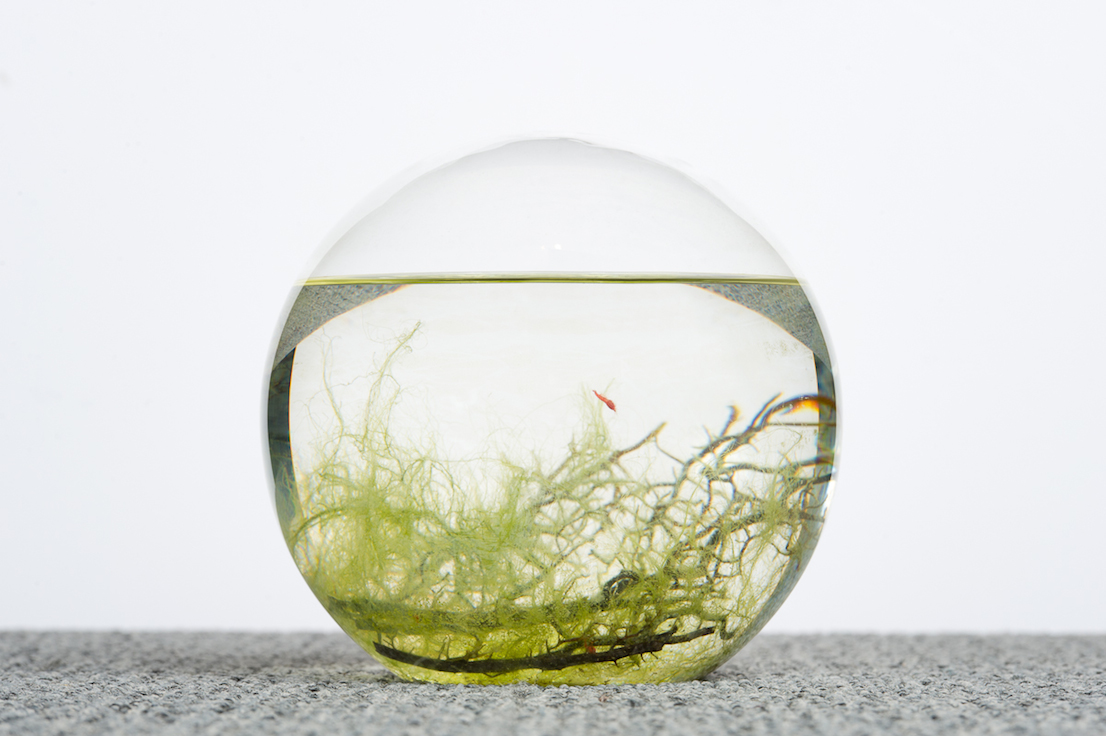
A balanced ecosystem in a sealed glass sphere. Composed of a few shrimp, a sea fan, algae, decorative shells, and gravel in water, the Ecosphere is a spin-off from NASA’s research on self-contained communities for human space exploration. According to its makers, it can maintain a living environment for up to 20 years without the need for maintenance. EcoSphere®, by EcoSphere Associates; USA, 1982.
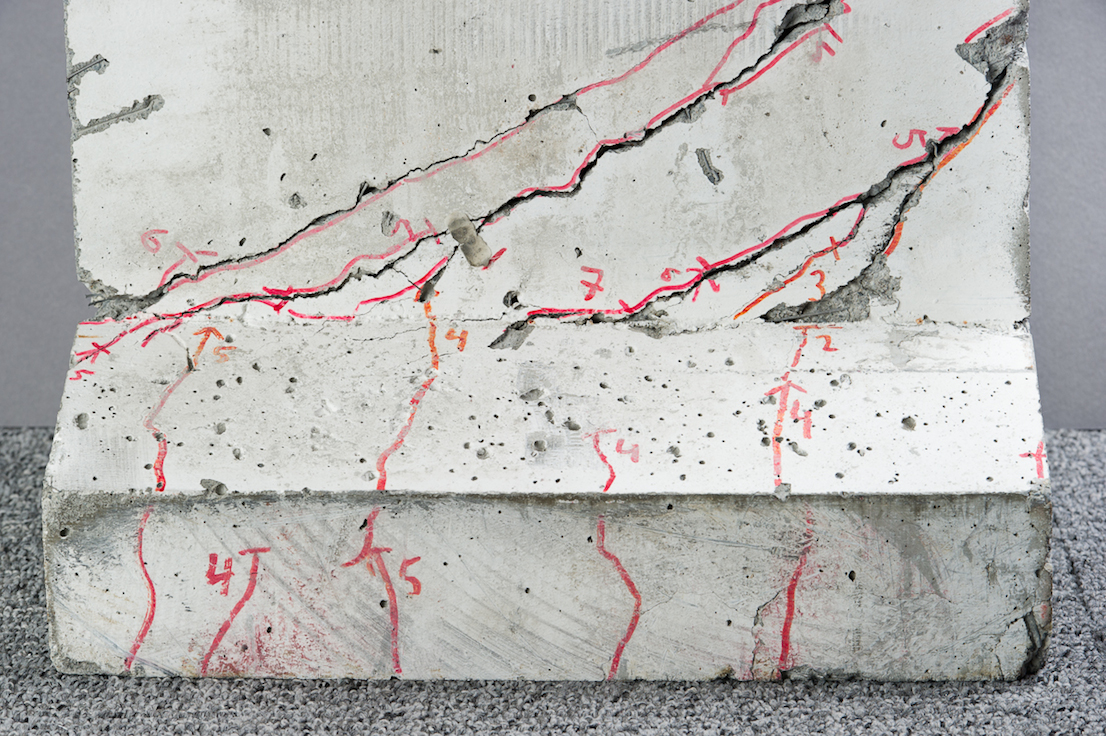
Slice of an I-beam in the same concrete that underwent an I-beam shear test. Project: Steel-Fibre Reinforced Concrete, by COIN, NTNU; Trondheim, Norway, 2012.
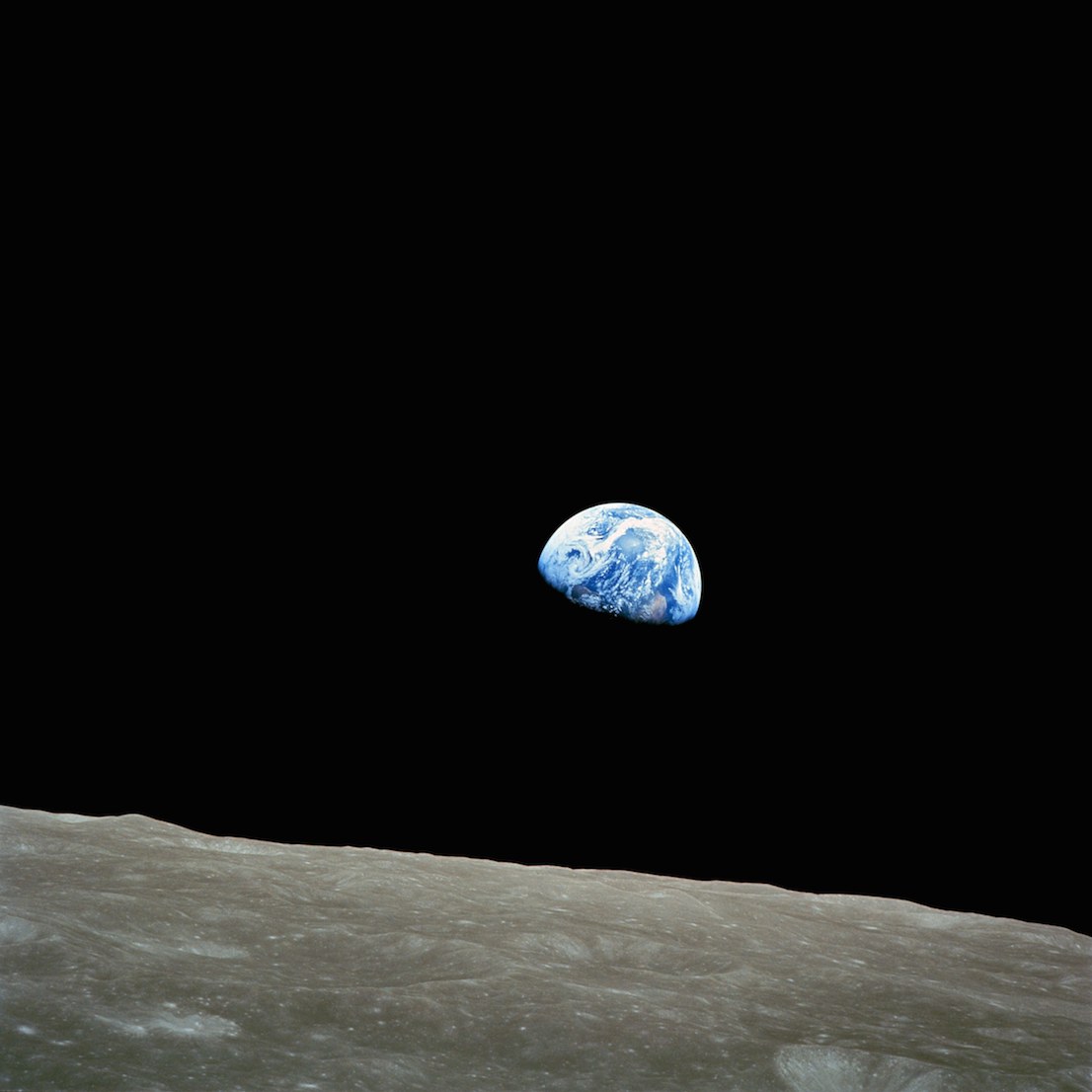
Earthrise is a photograph taken during the Apollo 8 mission, the first manned flight to orbit the Moon. Though not the first photo to be released by NASA, this image of the Earth, contrasted with the barren landscape of the Moon, played a key role in raising environmental awareness. Taking the picture was not part of the astronauts’ assignment, making it an act of insubordination. Project: Apollo 8 Mission, by NASA, 1968. Photo: William Anders.
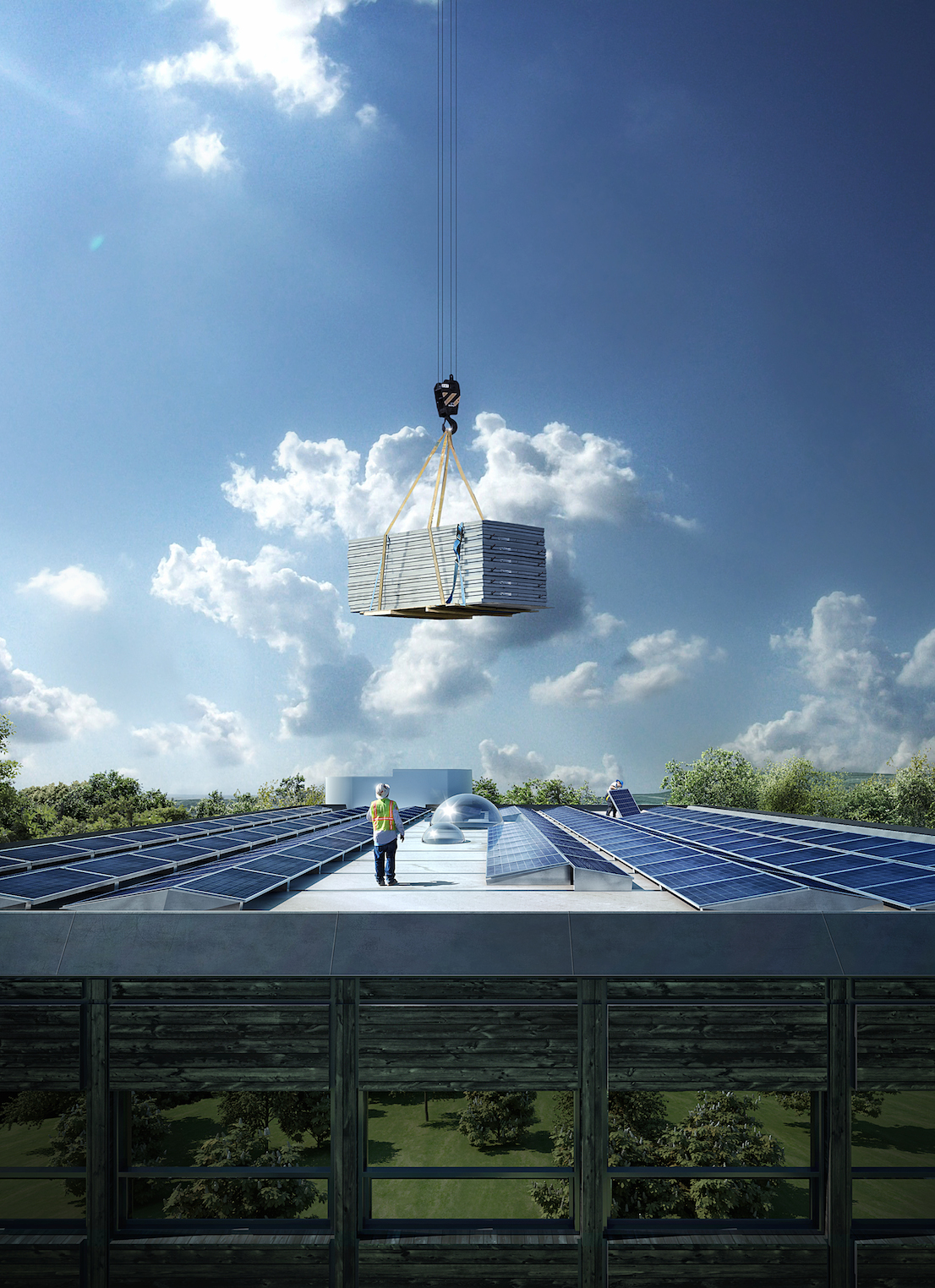
Rendering of solar panels being installed on the rooftop of a 1980s office building, as part of the changes made to convert it into a ‘powerhouse’, a building that produces more energy than its occupants consume. “As far as we know, no one has previously renovated an existing office building to this energy standard. This is unique, yet it is something anyone can do”, says Kjetil Thorsen, director and partner in the architectural firm. Project: Powerhouse Kjørbo in Sandvika by FutureBuilt, Snøhetta, Skanska, ZERO, Hydro, Entra Eidom, Sandvika (Norway), 2014.
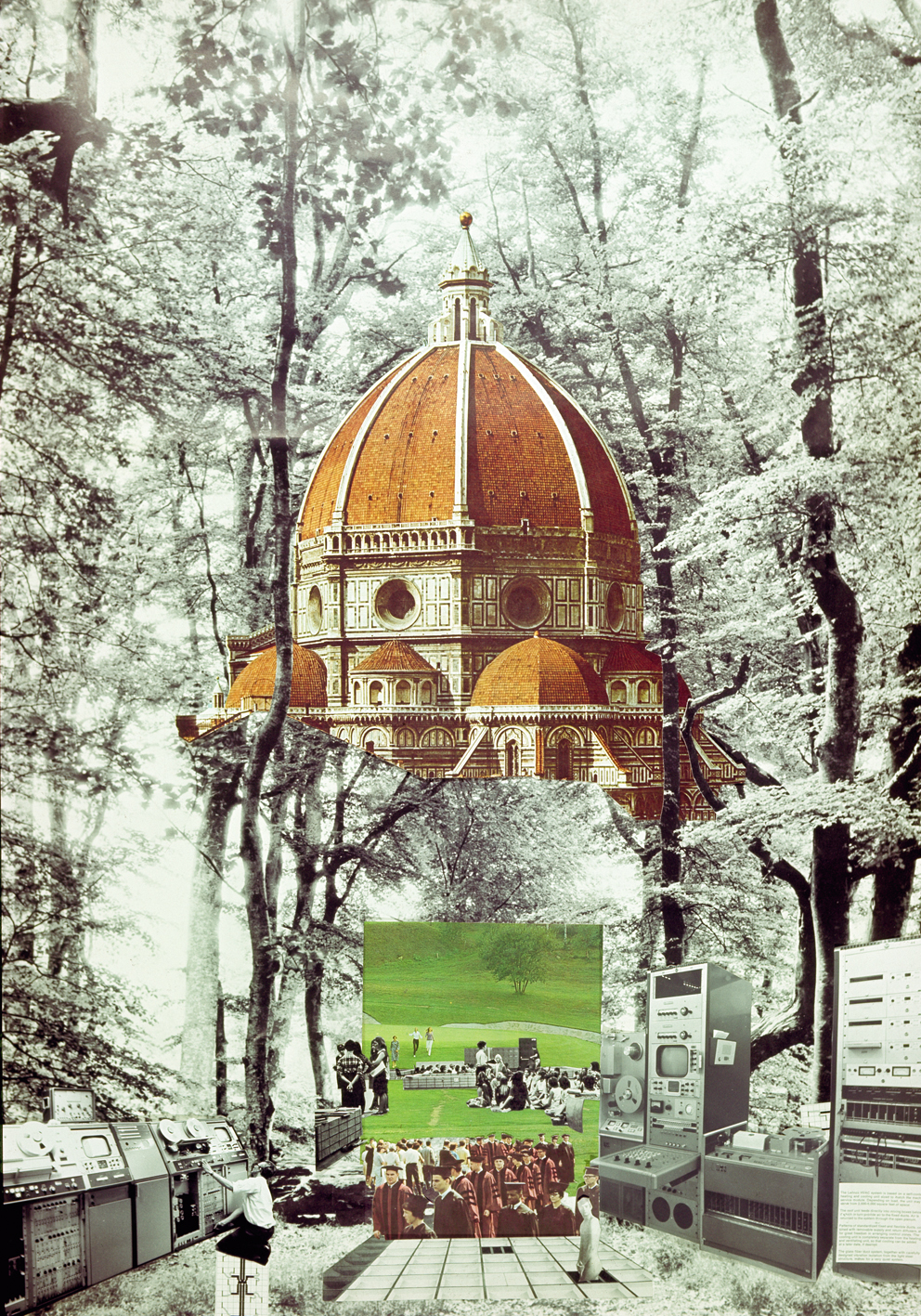
Collage of a vision of an ideal university campus, situated in the midst of the woods, to show how the development of new technologies could gradually dissolve the need for a built infrastructure and make way for the re-establishment of a direct link with nature.The images of trees and computers were captured by the architects on university campuses during a visit to the US in the late 1960s. Project: University of Florence, by Gruppo 9999; Florence, Italy, 1971.
